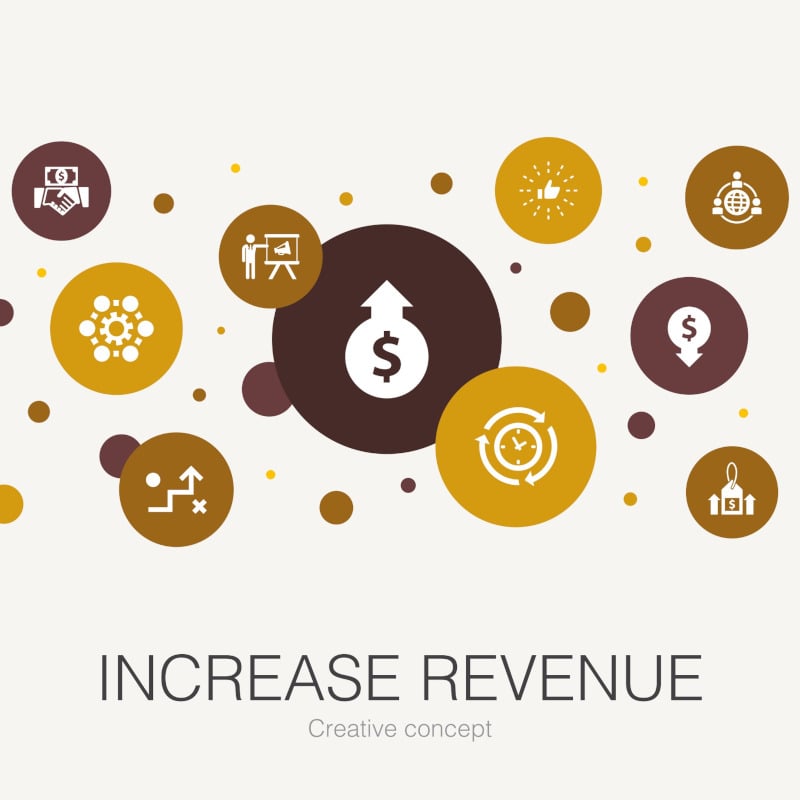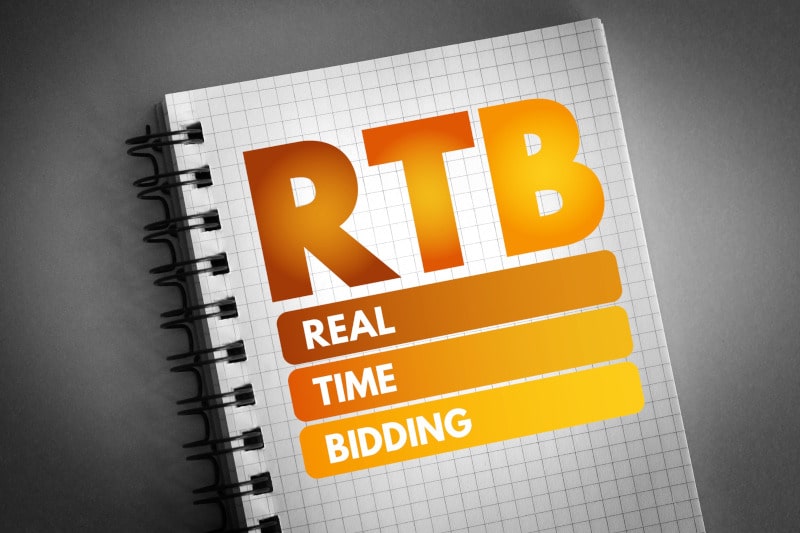As a digital marketing expert, I’ve seen firsthand how Real-Time Bidding (RTB) can transform ad revenue for both advertisers and publishers. In today’s fast-paced digital advertising landscape, RTB provides an efficient and highly effective way to buy and sell ad impressions.
By utilizing data-driven strategies and real-time optimization, RTB allows advertisers to connect with the right audiences and publishers to maximize the value of their ad inventory. Here, I’ll share key insights into how you can make the most of Real-Time Bidding to drive higher ad revenue.
Content
Understanding the Benefits of Real-Time Bidding
Before diving into strategies for maximizing revenue, it’s essential to understand the core benefits of Real-Time Bidding. RTB is a programmatic advertising method that enables advertisers to bid on individual ad impressions in real-time as users load web pages or apps. For advertisers, this means their ads are displayed to the most relevant audiences, while publishers can monetize their inventory effectively by allowing competition for each impression.

1. Increasing Revenue Through Targeted Audience Segments
One of the primary ways to maximize ad revenue with Real-Time Bidding is by targeting specific audience segments that are likely to engage with your ads. By leveraging RTB, advertisers can use audience data — such as location, browsing behavior, and interests — to ensure that ads reach users most likely to convert. This segmentation improves click-through rates (CTR) and boosts conversion rates, which directly impacts ad revenue.
For publishers, the benefit of targeted RTB campaigns lies in the increased competition for ad space. When advertisers are confident that their ads are reaching the right audience, they’re often willing to bid higher for those impressions. This demand raises the cost per impression (CPM), allowing publishers to generate more revenue from their ad inventory.
In Real-Time Bidding, using high-quality audience data is key to driving interest among advertisers, as they see the potential for better results and are more willing to invest in your ad space.
2. Optimizing Ad Placement and Timing
Another crucial factor in maximizing ad revenue with Real-Time Bidding is optimizing ad placements and timing. Not all placements are created equal; certain spots on a page or in an app perform better and command higher bids. For example, ads placed above the fold or within the main content area of a page are likely to be more visible and engaging, attracting higher bids from advertisers.
This is where working with an advanced advertising platform can be invaluable, as it can help you manage placements and prioritize areas that consistently perform well.
Timing also plays a significant role. RTB enables advertisers to target users based on specific times of day or days of the week, which can enhance engagement rates. For instance, if a publisher knows that their audience is most active in the evenings, they can use RTB to show ads during these peak hours.
Advertisers are more likely to increase bids for these optimized time slots, knowing their ads will have maximum exposure. By combining prime placements with well-timed ads, publishers can create a premium ad inventory that consistently attracts higher bids.
Leveraging Technology to Improve Real-Time Bidding Outcomes
With Real-Time Bidding, technology plays a critical role in driving successful outcomes. By using data analytics, machine learning, and automation, both advertisers and publishers can enhance their RTB strategies for maximum revenue potential. Here are some ways to make the most of technology in your RTB efforts.

1. Using Data Analytics to Drive Decision-Making
Data is the backbone of RTB, as it allows advertisers to make informed decisions on where, when, and to whom their display ads are being shown. Advanced analytics tools provide insights into user behavior, engagement rates, and campaign performance, helping advertisers fine-tune their bids and targeting strategies.
For publishers, analyzing data on which ad formats, placements, and times of day yield the highest CPMs allows them to optimize their inventory and increase revenue.
Moreover, as advertisers analyze data from their RTB campaigns, they can identify trends and adjust their strategies accordingly. This process of continuous learning and adjustment is essential in Real-Time Bidding, where market conditions and user behavior can change quickly. By staying data-driven, advertisers and publishers alike can maximize the potential of each impression.
2. Automating Campaigns with Machine Learning
Machine learning (ML) has become increasingly vital in the Real-Time Bidding landscape. Through automated bidding algorithms, ML enables advertisers to adjust bids in real-time based on user behavior and campaign performance metrics.
This automation reduces the need for manual adjustments, ensuring that campaigns remain optimized 24/7. When ML algorithms detect that a certain type of ad is performing well, they can increase the bid, making it more likely that the ad will be shown to a valuable user.
On the publisher side, machine learning can help forecast demand and optimize inventory allocation. By predicting which ad spaces will generate the most revenue, ML helps publishers allocate their inventory more effectively, maximizing both fill rates and CPMs.
For both advertisers and publishers, automating the RTB process ensures that every impression is used to its fullest potential, driving better results and higher revenue.
Embracing a Multi-Channel Approach with RTB and Push Notifications
In Real-Time Bidding, a multi-channel approach is often the most effective way to maximize ad revenue. By combining RTB with other engagement channels, like push notifications, advertisers can keep users engaged across multiple touchpoints.
Push notifications, in particular, are highly effective for re-engaging users who may not convert on the first visit.
For example, if a user clicks on an RTB ad but doesn’t take action immediately, a targeted push notification can remind them of the product or offer they showed interest in. This cross-channel strategy not only reinforces the initial ad message but also boosts conversion rates, which ultimately increases ad revenue for publishers.

By integrating RTB and push notifications, advertisers can drive greater engagement and make each ad impression count.
Maximizing Ad Revenue with Real-Time Bidding
Real-Time Bidding has become an essential tool for maximizing ad revenue, providing both advertisers and publishers with the flexibility, precision, and efficiency needed to succeed in today’s digital market.
By targeting the right audience segments, optimizing ad placements, and leveraging technology through data analytics and machine learning, both parties can significantly enhance their revenue potential.
Moreover, integrating RTB with additional channels like push notifications allows for a comprehensive approach that keeps users engaged throughout their journey. As RTB technology continues to evolve, I’m confident that those who embrace these strategies will see sustained growth and profitability.
In the dynamic landscape of digital advertising, Real-Time Bidding offers unparalleled opportunities for maximizing revenue and achieving long-term success.


